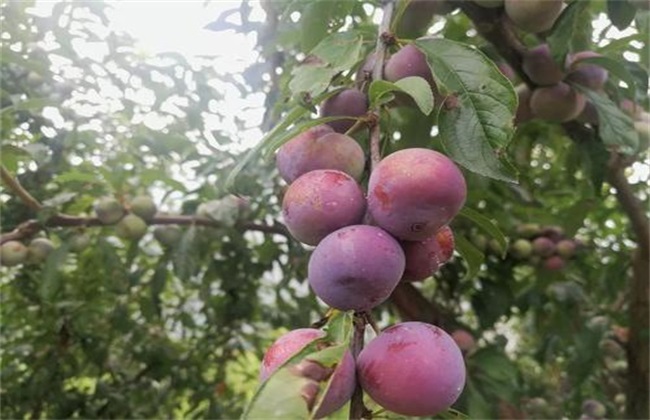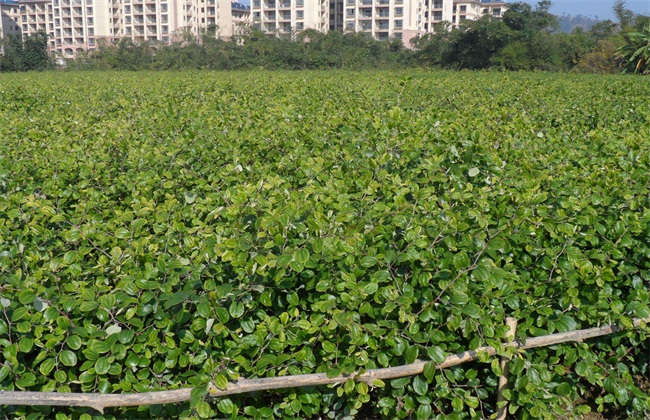Key points of management after plum harvest
Plum is a very popular fruit, and its planting area is very large in our country. Although plums could not bear fruit in previous years, plums can be harvested every year after passing through the early stage of planting, and the economic value is still very high. However, after plum harvest, we must strengthen management to ensure that the plum tree will blossom and bear fruit in the second year. So the editor brings you the key points of management after plum harvest today. Let's have a look.

1. Proper pruning
We have to prune the plum tree after harvest. Pruning should be based on thinning, cutting off dense branches, over-long branches and other branches to avoid consuming too much nutrition and affecting the flowering and fruiting of plum trees in the second year. In particular, the outer branches and the over-dense branches of the plum tree should be thinned regularly. If the canopy is closed and there are too many branches, cut off some of the big branches. This can not only reduce the consumption of nutrition, but also improve the permeability of fruit trees, increase the nutrition accumulation of plum trees, and pave the way for the flowering and fruiting of plum trees in the following year.
2. Dig deep into the soil
Plums are usually harvested around September every year. Therefore, after harvest, we have to do a deep digging of the soil in the orchard, keeping the depth at about 25 centimeters. Break the soil consolidation and improve the soil permeability to achieve the purpose of soil improvement. Promote the root metabolism of plum tree, extend and expand, and enhance the growth ability of the root. It can effectively improve the ability of drought and disease resistance of trees. Moreover, it can also destroy the overwintering place of bacteria, reduce the base number of overwintering bacteria, and ensure the healthy growth of plum trees in the second year.
3. Scientific fertilization
After the plum harvest, most of the nutrients of the nutritive tree leave the tree with the fruit. Therefore, fertilization must be carried out after harvest and properly watered to provide adequate nutrition for the tree and promote the tree to restore its potential. Nitrogen fertilizer is the main fertilizer of topdressing, and the amount of fertilizer should be controlled according to the tree potential and the amount of fruit. Then in the deep ploughing, we should pay attention to the application of sufficient base fertilizer, which is the key to ensure high and high yield in the second year. It should be applied before defoliation to promote the growth of root system and ensure the flowering and fruiting rate of the second year.
4. Pest control
Pest control is a management work that can not be ignored throughout the year. Especially after harvest, because most of the nutrients flow out of the fruit trees after harvest, the growth ability of fruit trees is very weak at this time. Therefore, after harvest, we should disinfect properly, strengthen the management of water and fertilizer, and bring the sick and disabled bodies and weeds out of the orchard. Then it is necessary to understand the symptoms of several common diseases and insect pests in plum trees, such as leafhoppers, perforation and so on. It is convenient to know what diseases and insect pests are in time after the onset of the disease, and then make corresponding treatment methods.
The above is a brief introduction to the main points of management after plum harvest. The management of plums in harvest is very important, which directly affects the growth of plums in the second year, so we must pay more attention to it. That's all for today's introduction. This article is for reference only. I hope it can help you all.
Related
- Moge, come on! The staff of the peasant association in the producing area of cantaloupe were frightened when the crowd gathered.
- Causes and Solutions of low Fruit setting rate of Apple
- Symptoms and control measures of passion fruit virus disease
- Fruit growing lesson: how do apple orchards keep high yields?
- Can you build orchards in the mountains? What are the pros and cons?
- How to manage the coloring period of Crisson grape?
- This paper introduces the processing technology of two kinds of fig products.
- How much is a month for retired teachers in rural areas by 2020?
- How can strawberry planting increase sugar content? We should pay attention to management in many aspects.
- What are the cultivation techniques on how to improve the yield of golden fruit?



